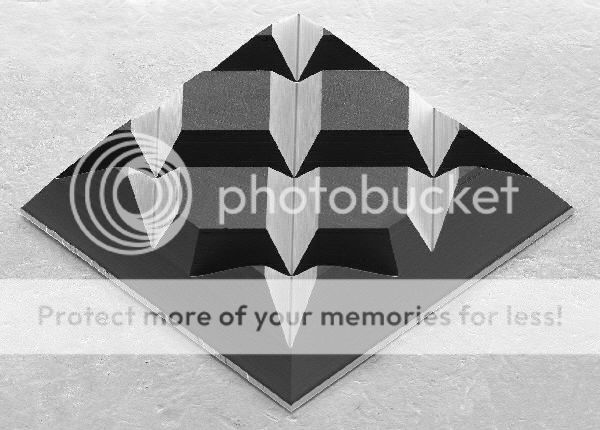mds82
Enlightened
I definately want to see how this stacks up to the XT-E. I'm planning on making a Huge purchase in the next 1-2 months and would love to see the differences
 Help Support Candle Power Flashlight Forum
Help Support Candle Power Flashlight Forum

Check post 7, it lists them both the sameWarning dumb question
Looking at Cutter's Cree slide are the XP-G2 R3s running hotter using 350mA at 85c than the equivalent XP-G R5s using 350mA at 25c? If the XP-G2's higher temperature at 350mA of 85c is really true then would this mean that the XP-G2 maximum forward current would be a lot less than 1500mA maybe about 1000mA?

1. Are the XP-G2 R3s running hotter using 350mA at 85c than the equivalent XP-G R5s using 350mA at 25c?
2. Would this mean that the XP-G2 maximum forward current would be a lot less than 1500mA maybe about 1000mA?
But if this a 3mm^2 die, then it will throw better than the xm-l.IF the die is larger than the current gen XP-G then that could mean less throw...
But if this a 3mm^2 die, then it will throw better than the xm-l.
But if it was a 3mm^2 die, shouldn't the maximum drive current be roughly 2 amps?
You're oversimplifying both of these statements, but it really only matters on the first. Throw is based on a few things. A simplification of throw is [Surface Brightness] x [Amount of surface focused by optic or reflector]. Most LEDs have primary optics built in. The XP-G2 has a rather different primary optic, which affects the amount of surface which will be focused in the reflector or optic. Lenses will benefit, while TIR and reflectors will suffer, in short. I predict it to throw a bit better in aspherics than the XM-L, and a bit worse in compact reflectors. Big lenses or reflectors will minimize those differences, and leave the 14% brightness boost.
The drive current is broadly increased with increasing die size, but also affected by construction and material robustness. You do get more water through a fatter pipe, but you can also build a pipe to take more pressure.

Smaller emitting angle generally means LESS throw in reflectored lights as less of the light is hitting the reflector.
I was thinking that, too. You'd need a deeper reflector to get the same throw as the 125° emitter.
You would, however, get more lumens through an aspheric lens.
I'm sorry but I think both of you guys are still incorrect, that a wider viewing angle means better throw.
The XR-E EZ1000 out throws the XP-E for example. Both LED's use the same exact sized die 0.98^2. The difference? The viewing angle. The XR-E has a 90 degree viewing angle and XP-E has a 115 degree viewing angle.
Think about it logically. How difficult would it be to focus an LED with a 180 degree viewing angle? Quite difficult. Much easier to focus a narrow viewing angle to a tight beam than a wide viewing angle to a tight beam.
The throw can't be worse than stuffing an XM-L into the same light. At least the smaller emitter die (relative to the XM-L) means more of the light is emitted at the reflector's focal point.I was thinking that, too. You'd need a deeper reflector to get the same throw as the 125° emitter.
You would, however, get more lumens through an aspheric lens.
On a reflector light, the hotspot part of the beam is made of light emitted from the center of the die and reflected by the reflector. The flood part of the beam is made of light that emanates directly out the front of the light without reflecting off anything. The transition between the hotspot and the flood is made of light emitted from the edges of the die and reflected by the reflector, but not focused properly because wasn't emitted near the reflector's focal point.I'm sorry but I think both of you guys are still incorrect, that a wider viewing angle means better throw.
The XR-E EZ1000 out throws the XP-E for example. Both LED's use the same exact sized die 0.98^2. The difference? The viewing angle. The XR-E has a 90 degree viewing angle and XP-E has a 115 degree viewing angle.
Think about it logically. How difficult would it be to focus an LED with a 180 degree viewing angle? Quite difficult. Much easier to focus a narrow viewing angle to a tight beam than a wide viewing angle to a tight beam.
